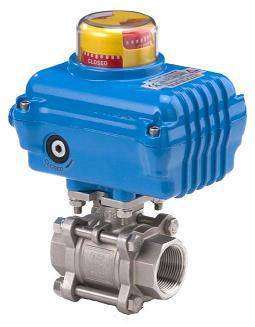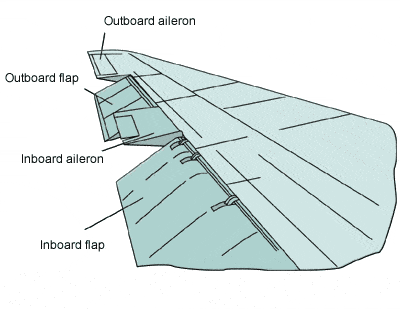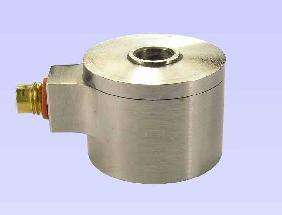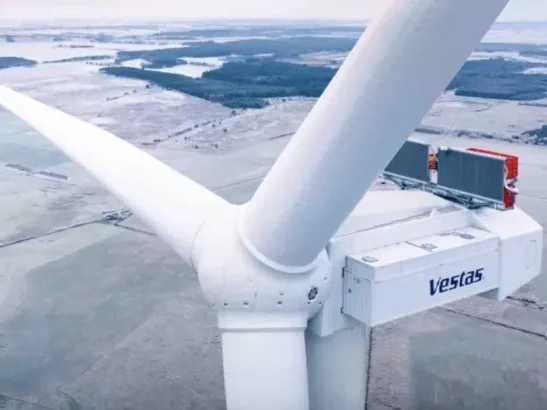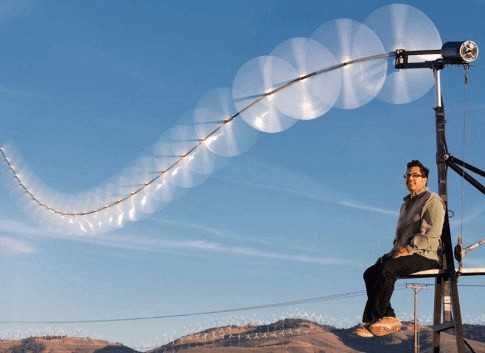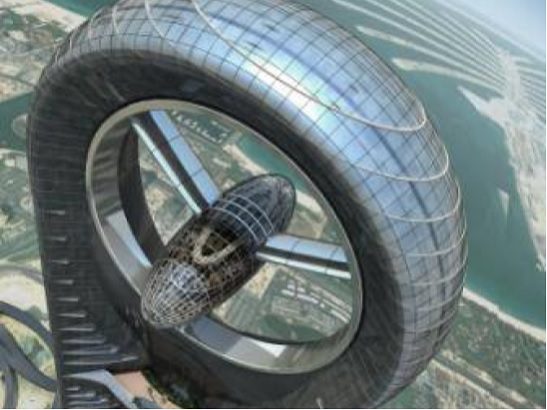Smart & Intelligent Wind Turbines – The Future In Wind Turbine Design?
US Researchers at Purdue University USA are experimenting with placing electric actuators of the type shown below on wind turbine blades so they can quickly adapt to changing winds, has been reported.
Plans are being drawn up for future Wind turbines to incorporate shape-shifting blades so to make them more efficient at generating electricity at any wind speed, say the University researchers.
We would call these ‘smart wind turbines’ and they would not only maximise the amount of electricity generated by wind power, but the blade shifting actuators would also contribute to extend the turbine’s life span.
The researchers also talk about putting ailerons as well as the actuators on the blades for the blades to quickly adapt to how the blade flies through the air.
The idea of using ailerons comes from traditional aircraft wing designs. Ailerons are the fixed parts sitting next to the inboard- and outboard flaps of an airplane wing. See illustration below.
Airplane Wing Ailerons Illustration
This would enable the blades to change shapes and one second you will have one kind of blade and then the next second it will change into another shape, very much depending on the wind speed.
The University researchers recently installed accelerometers along three 10-metre-long blades of a research turbine near Amarillo, Texas.
The test blades are made of balsa wood and fibre glass and are sized between a normal residential and a commercial-sized wind turbine. The accelerometers are being used to measure how the blades subtly twist and turn as they cut through the air.
There are many different types of accelerometers but it had not been disclosed to us which type has been used in their test turbine construction.
It is assumed that a bold mount accelerometer such as the one illustrated below would be the most suitable type to use in such an experiment.
Blade fatigue and efficiency is being measured in the first stage of their research and the Purdue scientists say that this is the first step in an effort to design future turbine blades that last beyond the usual 20 years.
Once enough data had been gathered, the team plans to link the data from the accelerometers to mechanical actuators and ailerons similar to that of the flat panels on airplane wings in an attempt to help direct airflow on the ends of the blades and also to a control panel.
Shifting Shape
The traditional wind turbine blade is fixed. They have one optimised fixed shape to perform during moderate to high wind speeds.
It is known that blades are usually too narrow for the wind to push the blades efficiently during periods of low wind speeds. On the other hand, high wind speeds push the blades too quickly, threatening damage to the blades, nacelle and moving parts inside the nacelle which often force operators to limit the turbine’s speed and energy production.
Linking the accelerometers to the actuators would enable the turbine blade to quickly change shape and adapt to whatever kind of wind conditions are present. The researchers believe that this will optimise the amount of electricity they can produce and extend the turbines life span.
These smart and intelligent wind turbines could help generate single digit increases in electricity generation. Add to that the lower installation costs and a longer life span and the savings will start to add up nicely.
“All of this will surely help reduce the cost of wind energy which is so desperately needed to expand and move the global wind energy business forward in quantum leaps”
X

